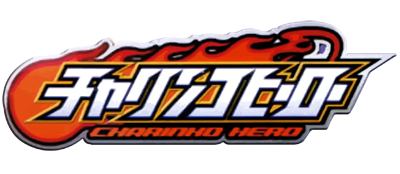

They had evolved into their current state of being following the activation of the Plasma Spark, which replaced their dead sun.

Ultraman Nexus Junis statue outside Bandai HQ in Tokyo.Īs revealed in Mega Monster Battle: Ultra Galaxy, the Ultras are a technologically advanced civilization originating from a planet within the M78 nebula ( M78星雲, Emu-Nanajūhachi seiun), three million light years away from Earth (not to be confused with the Messier 78 nebula)-colloquially called the Land of Light ( 光の国, Hikari no Kuni )-who were originally identical to humans. References to Ultraman are abundant in Japanese pop culture, much like references to Superman in U.S. Ultraman was the world's third top-selling licensed character in the 1980s, largely due to his popularity in Asia. In Japan, the Ultraman brand generated US$7.4 billion in merchandising revenue from 1966 to 1987, equivalent to more than $18 billion adjusted for inflation. However, the series also falls into the Kyodai Hero subgenre of tokusatsu, a subgenre it also helped popularise. The series is also one of the most well-known examples of the kaiju genre, along with Toho's Godzilla series and Daiei Film's Gamera series.

Debuting with Ultra Q and then Ultraman in 1966, the series is one of the most prominent tokusatsu superhero genre productions from Japan, along with the Toei-produced series Kamen Rider, Super Sentai and the Metal Heroes. Ultraman, also known as the Ultra Series ( Japanese: ウルトラシリーズ, Hepburn: Urutora Shirīzu), is the collective name for all media produced by Tsuburaya Productions featuring Ultraman, his many brethren, and the myriad monsters.


 0 kommentar(er)
0 kommentar(er)
